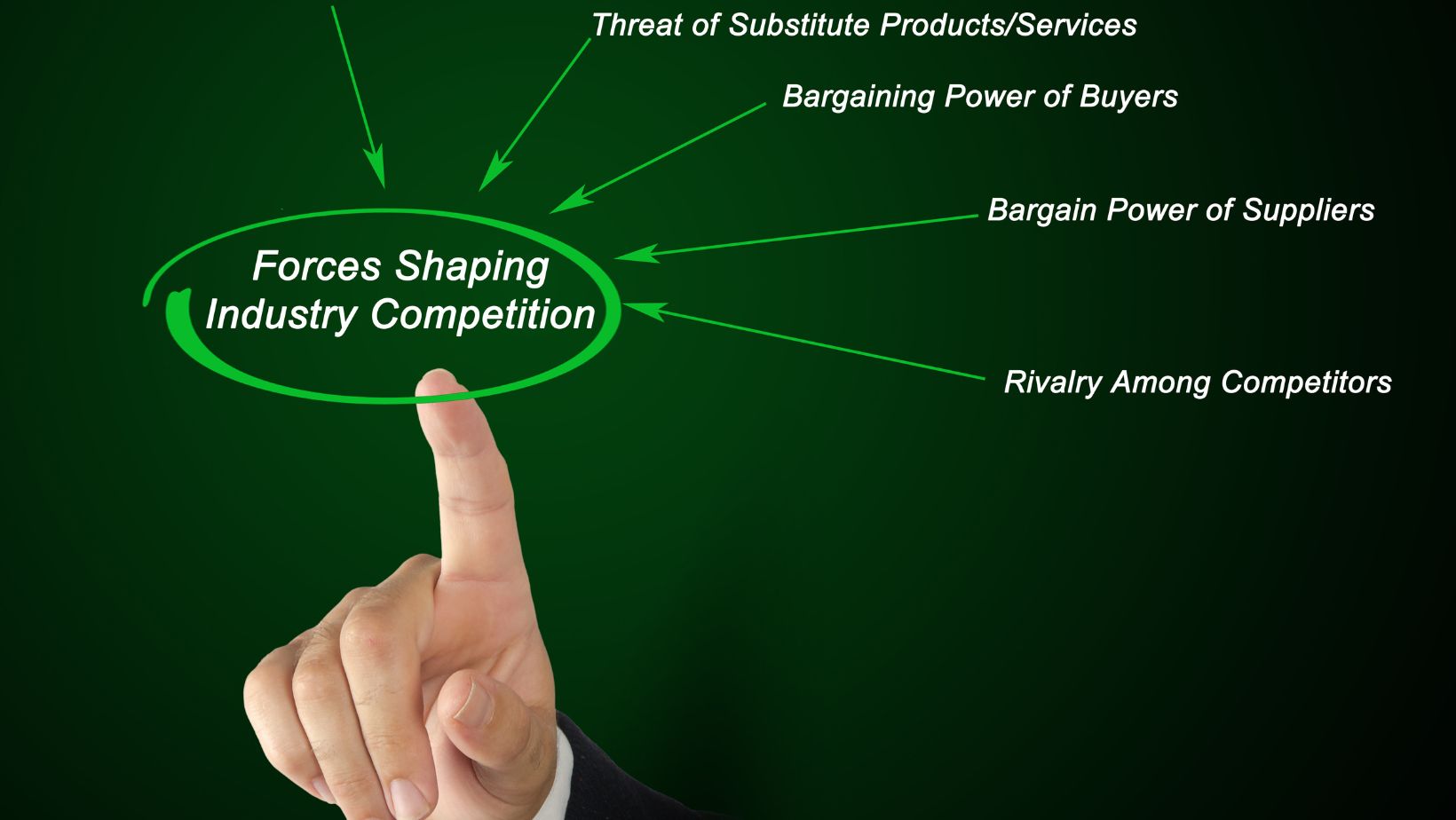Which of The Following is True Concerning Purely Competitive Industries
Definition of Competitive Industries
In understanding the true nature of competitive industries, it is important to define what exactly we mean by “competitive industries.” A competitive industry refers to a market where there are numerous producers offering similar products or services. These industries are characterized by low barriers to entry, meaning that new competitors can easily enter the market. Additionally, these industries typically have a large number of buyers and sellers, making it difficult for any single player to have significant control over the market.
Characteristics of Competitive Industries
Competitive industries possess several key characteristics that set them apart from other types of markets. These characteristics help shape the dynamics and behaviors within these industries. Some of the key characteristics include:
- Perfect Competition: Competitive industries are often considered to be examples of perfect competition. This means that there is a large number of buyers and sellers in the market, and no individual player has the power to influence prices.
- Price Sensitivity: In competitive industries, buyers are highly price sensitive. Since there are numerous sellers offering similar products, buyers have the ability to compare prices and choose the most affordable option.
- Low Profit Margins: Due to the intense competition and price sensitivity, profit margins in competitive industries tend to be low. Firms may experience slim profit margins, and some may even operate at a loss.
- Ease of Entry and Exit: Competitive industries have low barriers to entry, allowing new competitors to enter the market easily. This can lead to increased competition and further downward pressure on prices. Conversely, firms that are unable to compete effectively may exit the market just as easily.
- Innovation and Differentiation: Despite the high level of competition, successful firms in competitive industries find ways to differentiate themselves from their competitors. They invest in research and development to innovate and offer unique features or superior quality products.

Factors Influencing Competition in Industries
Barriers to Entry
In highly competitive industries, there are often barriers to entry that can affect the level of competition. These barriers can include:
- High capital requirements: Some industries require significant financial investment to enter, such as manufacturing or telecommunications. This can limit the number of new entrants and create a more concentrated market.
- Economies of scale: Larger companies in competitive industries can benefit from economies of scale, which means they can produce goods or services at a lower cost per unit compared to smaller competitors. This can make it difficult for new entrants to compete on price.
- Brand loyalty: Established companies in competitive industries may have built strong brand loyalty over time, making it challenging for new entrants to attract customers away from these trusted brands.
- Regulatory barriers: Government regulations can create barriers to entry in certain industries. For example, industries such as healthcare or pharmaceuticals may require licenses or certifications that can be difficult and time-consuming to obtain.
Market Concentration
Another factor that influences competition in industries is market concentration. In competitive industries:
- Many competitors: There are numerous producers offering similar products or services, creating a highly competitive environment.
- No single dominant player: Competitive industries are characterized by the absence of a single dominant player. Instead, there is a more equal distribution of market share among the competitors.
- Price sensitivity: In competitive industries, consumers are often price sensitive and are more likely to switch between brands to get the best deal. This creates a constant pressure on companies to offer competitive prices.
Product Differentiation
Product differentiation is a crucial factor in competitive industries. Companies must find ways to differentiate their products or services from those of their competitors in order to attract customers. This can be achieved through:
- Unique features or benefits: Offering unique features or benefits that set a product apart from its competitors can give a company a competitive edge. For example, a smartphone with innovative features or a car with better fuel efficiency.
- Brand image and reputation: Building a strong brand image and reputation can make a company stand out in a competitive industry. This can be achieved through consistent quality, excellent customer service, or a strong brand identity.
Technological Advancements
Technological advancements can have a significant impact on competition in industries. In highly competitive industries:
- Innovation: Companies that can innovate and develop new technologies or products are more likely to gain a competitive advantage. This can include breakthrough technologies, improved manufacturing processes, or new ways of delivering products or services.
- Disruptive technologies: Disruptive technologies can completely change the dynamics of a competitive industry. For example, the rise of e-commerce has disrupted traditional retail industries, forcing companies to adapt or face obsolescence.
Conclusion
Businesses operating in competitive industries face a multitude of challenges and risks. The intense competition necessitates a focus on innovation and differentiation in order to stand out from the crowd. Additionally, market saturation poses a significant obstacle, compelling companies to find creative ways to expand their customer base. The rapid advancement of technology introduces the risk of disruptive technologies, requiring businesses to adapt and embrace change. Furthermore, economic downturns can have a profound impact on competitive industries, highlighting the importance of diversification and the development of contingency plans.














